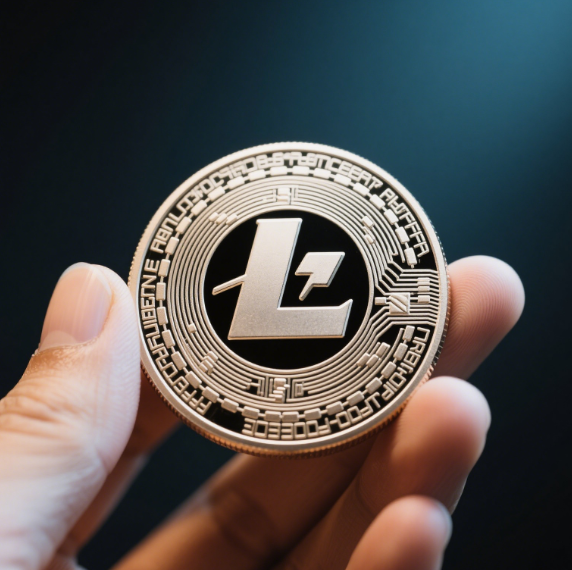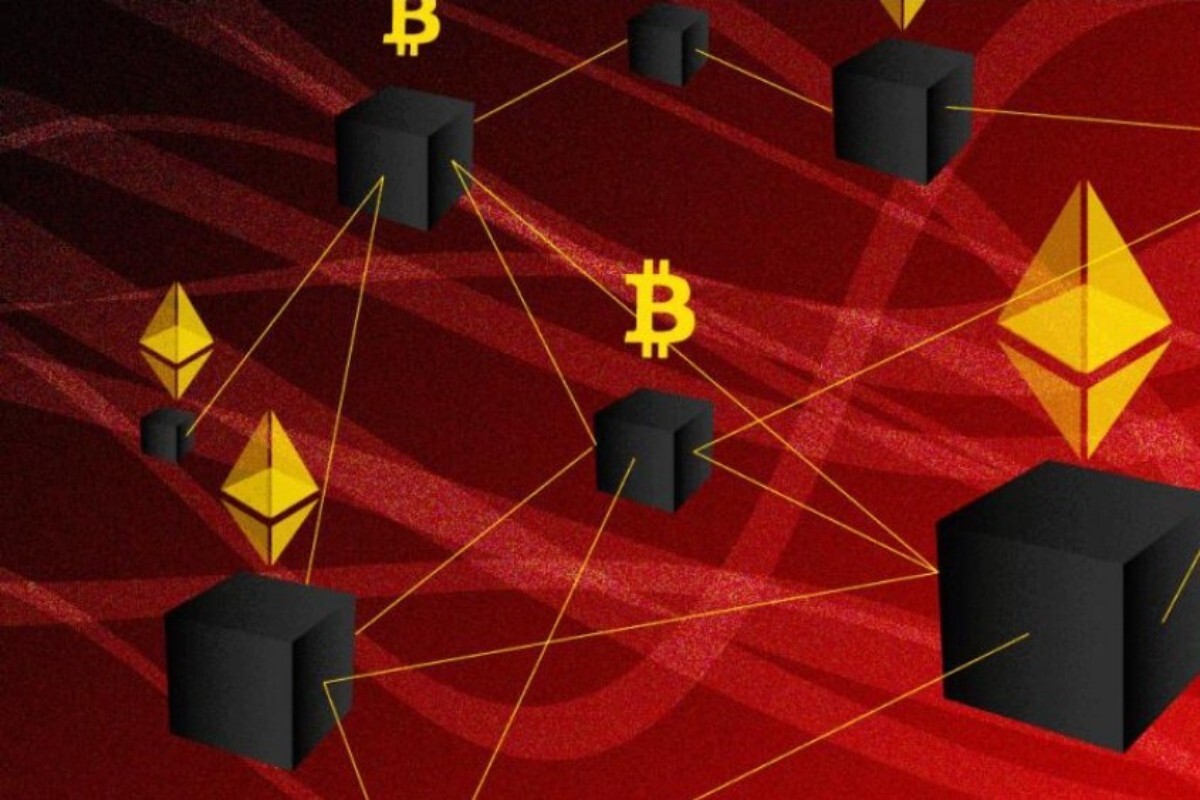When many people hear the term “mining,” the first thing that pops into mind is Bitcoin. Imagine miners digging in cold underground chambers, racing against time to solve complex mathematical puzzles just to earn a slice of that scarce digital gold. But what about the many other mainstream cryptocurrencies? Are they all mined as well? In this article, we will uncover the truth about mainstream cryptocurrencies, focusing on which coins are “mined” and which are “minted” or “issued.” Additionally, we’ll explore the characteristics and use cases of these currencies, helping investors better understand the ever-evolving world of digital assets.
1. What Does “Mining” Mean?
Before diving into the mainstream coins, it’s essential to understand the concept of “mining.” Mining is a process involving the use of computer power to validate transactions and add them to the blockchain. During this process, miners compete to solve complex mathematical problems, and successful ones receive newly generated cryptocurrency as a reward. Bitcoin was the first cryptocurrency to be produced in this manner, operating on a “Proof of Work” (PoW) mechanism.

However, not all cryptocurrencies utilize mining for their production. Some rely on different consensus mechanisms, such as “Proof of Stake” (PoS) and “Delegated Proof of Stake” (DPoS), which do not require extensive computational resources or electricity.
2. Are All Mainstream Coins Mined?
Bitcoin (BTC)
Bitcoin is undoubtedly the most famous cryptocurrency and the first to employ a mining mechanism. Through Proof of Work, miners validate transactions across the network, securing the blockchain, while earning Bitcoin as a reward for successfully mining new blocks. The total supply of Bitcoin is capped at 21 million, adding to its scarcity.
Ethereum (ETH)
Initially, Ethereum also used a mining mechanism based on Proof of Work. However, with the transition to Ethereum 2.0, the network is gradually shifting towards a Proof of Stake system. In this new model, Ethereum holders can participate in maintaining the network by staking their tokens, rather than relying solely on computational power to mine. This change aims to improve efficiency and scalability.
Litecoin (LTC)
Litecoin is often referred to as a “lighter” version of Bitcoin and employs a similar mining mechanism. It utilizes a different algorithm called “Scrypt,” which is more memory-efficient compared to Bitcoin’s SHA-256 algorithm, allowing everyday users to participate in mining.

Dogecoin (DOGE)
Originally created as a joke, Dogecoin has evolved into a mainstream cryptocurrency with a large, supportive community. Like Bitcoin and Litecoin, Dogecoin can be mined using its Proof of Work mechanism. Unlike Bitcoin, however, Dogecoin lacks a cap on its total supply, leading to higher inflation rates.
Ripple (XRP)
In contrast to the cryptocurrencies mentioned above, Ripple does not use mining for its coin production. The total supply of XRP was predetermined at the creation of the network, and most of the tokens were pre-mined at launch. Ripple's primary goal is to accelerate and optimize cross-border payments, which distinguishes its generation mechanism from that of other cryptocurrencies.
Polkadot (DOT)
Polkadot also does not use traditional mining for its coin issuance. It employs a Proof of Stake mechanism, allowing users to secure the network and participate in governance by holding and locking their tokens. The design of Polkadot aims to achieve interoperability between various blockchains, enabling independent blockchains to communicate with each other.

A Diverse World of Cryptocurrencies
In summary, not all mainstream cryptocurrencies are mined. Bitcoin, Ethereum, Litecoin, and Dogecoin can be mined, while coins like Ripple and Polkadot utilize different mechanisms for issuance and circulation.
Within this ever-evolving cryptocurrency landscape, each coin has its unique features and applications. As investors, it’s crucial to gain a deeper understanding of the mechanisms and market performance of each cryptocurrency, beyond just whether it is mined or not. This knowledge allows for more informed decision-making in this complex and dynamic market, enabling investors to seize genuine opportunities.
















No comments yet